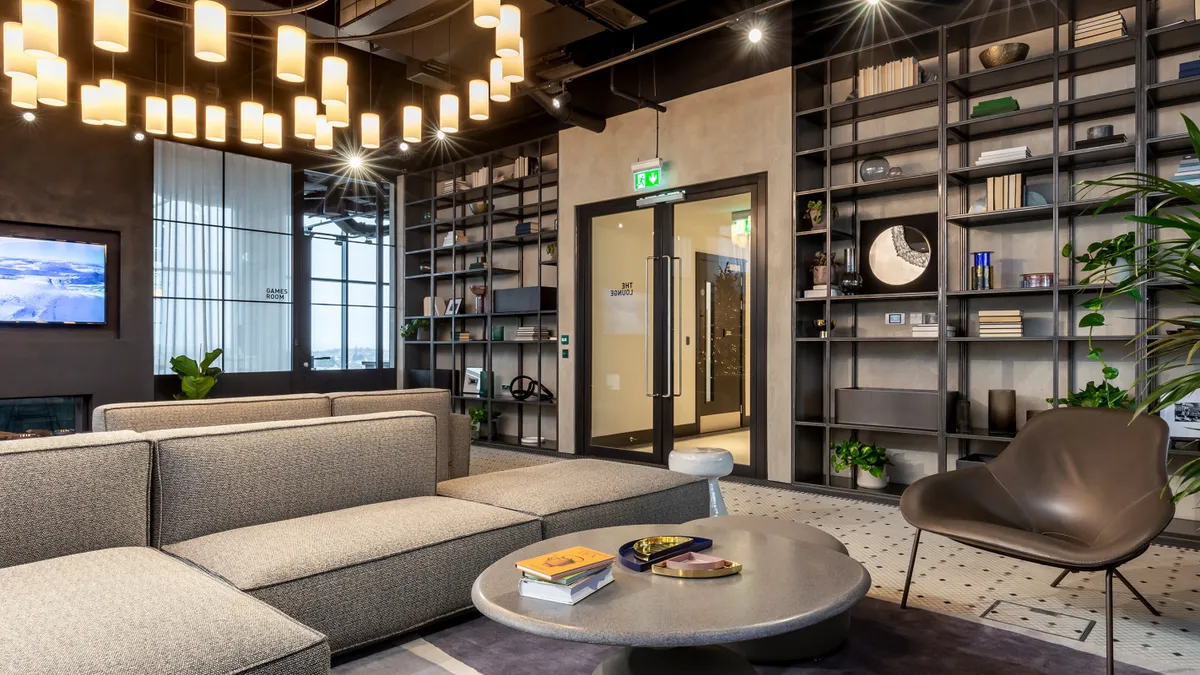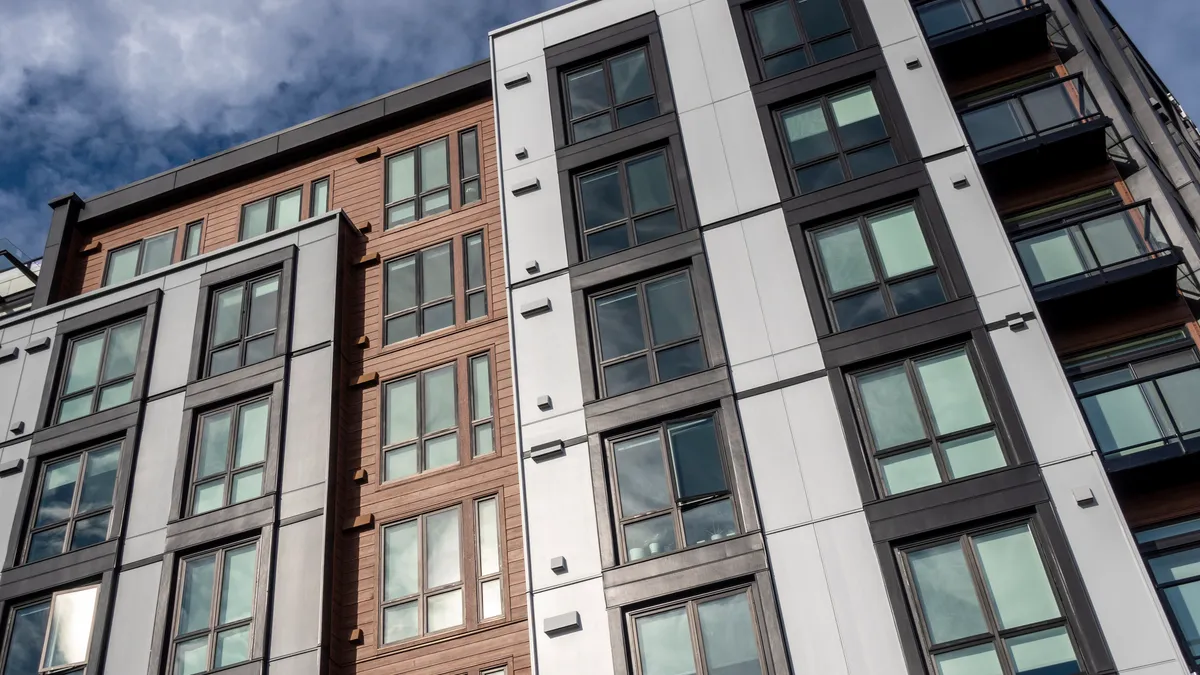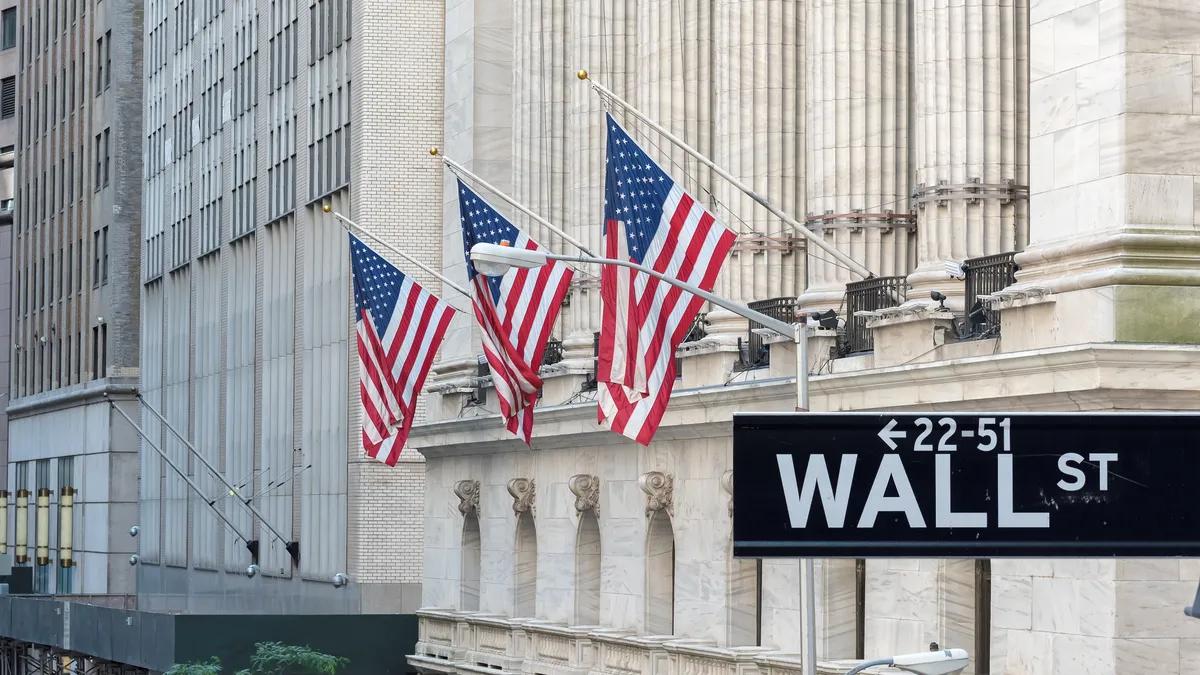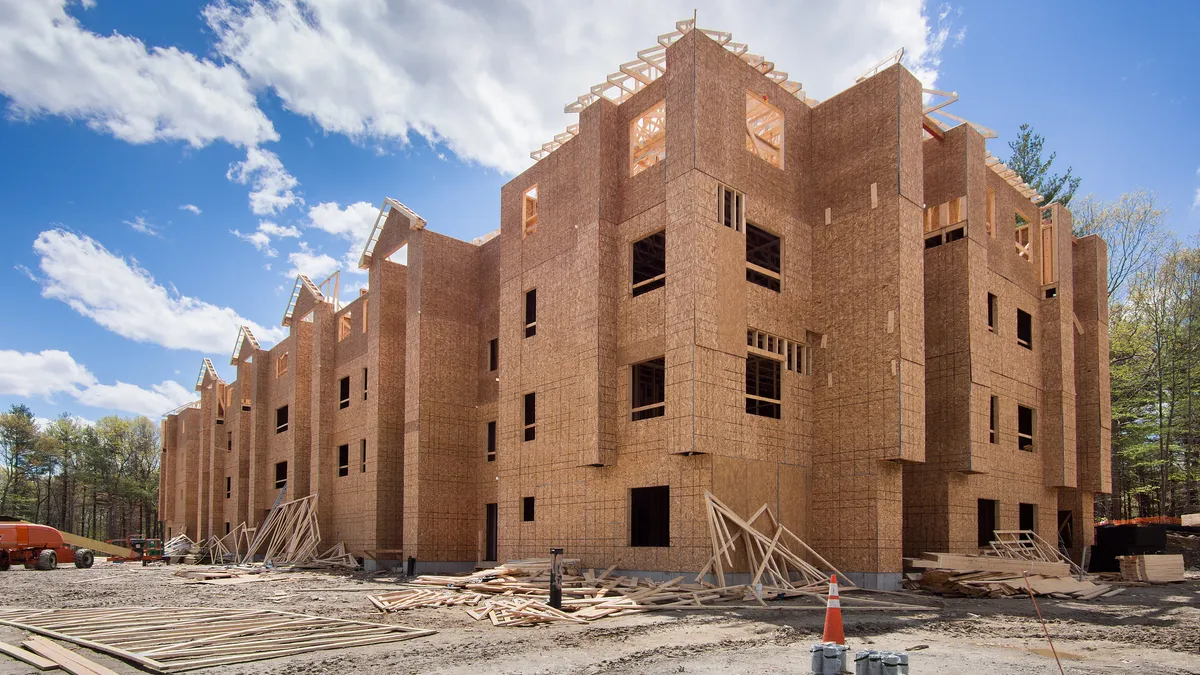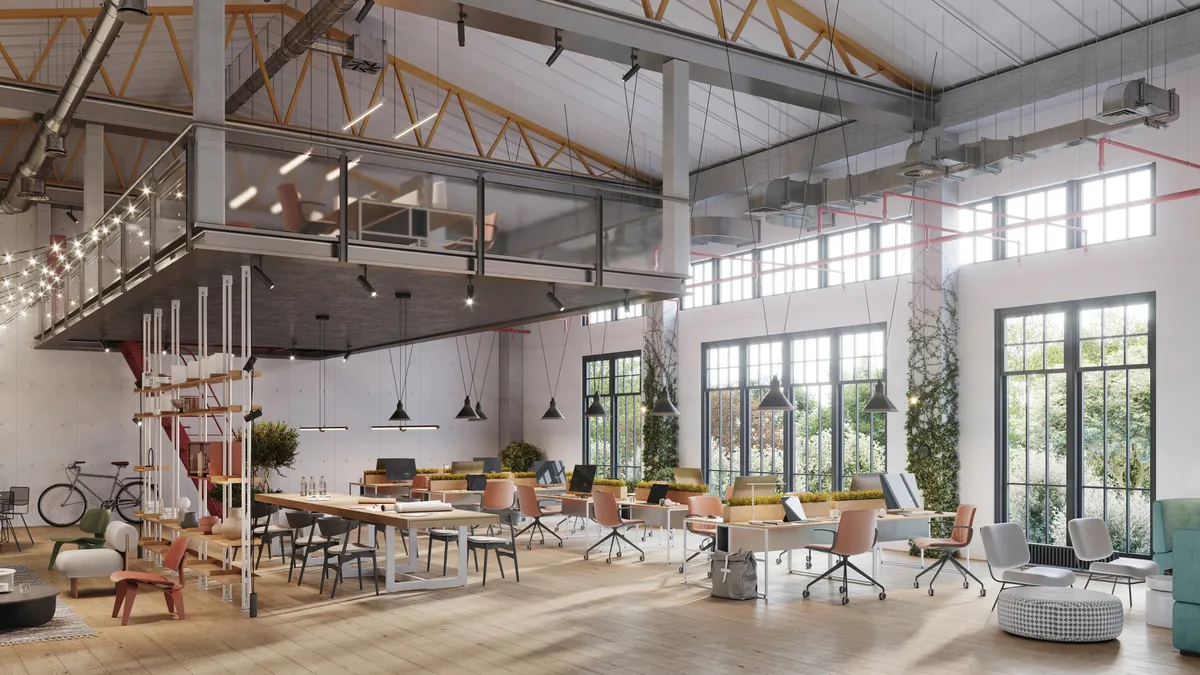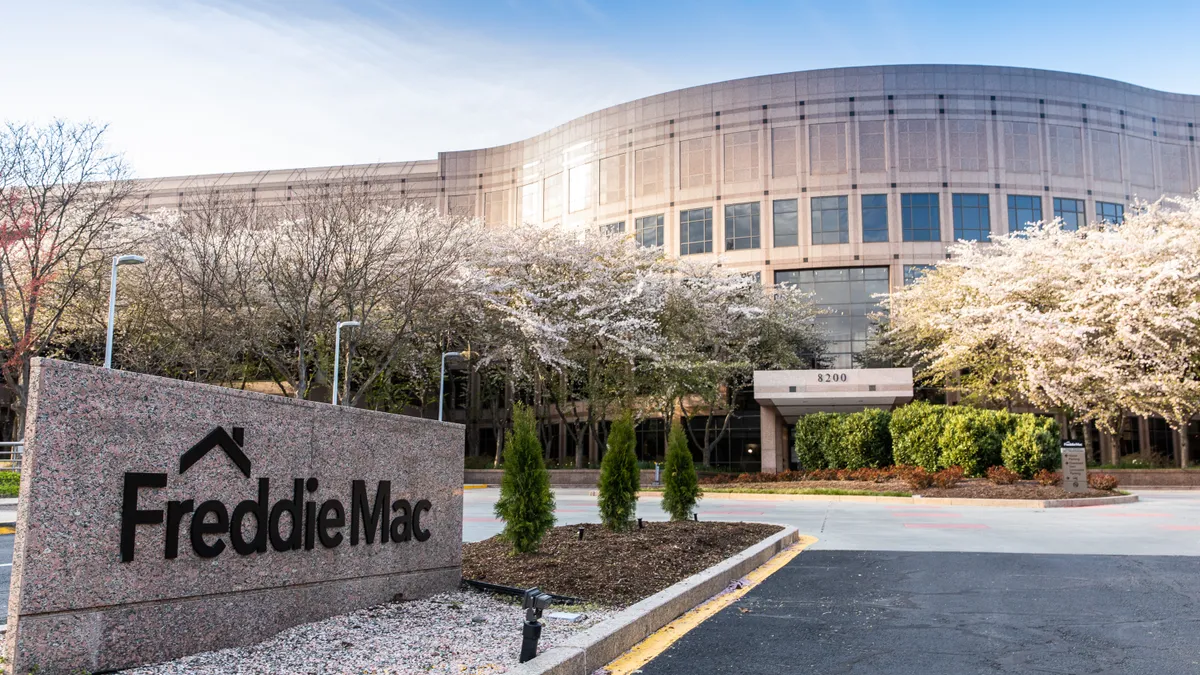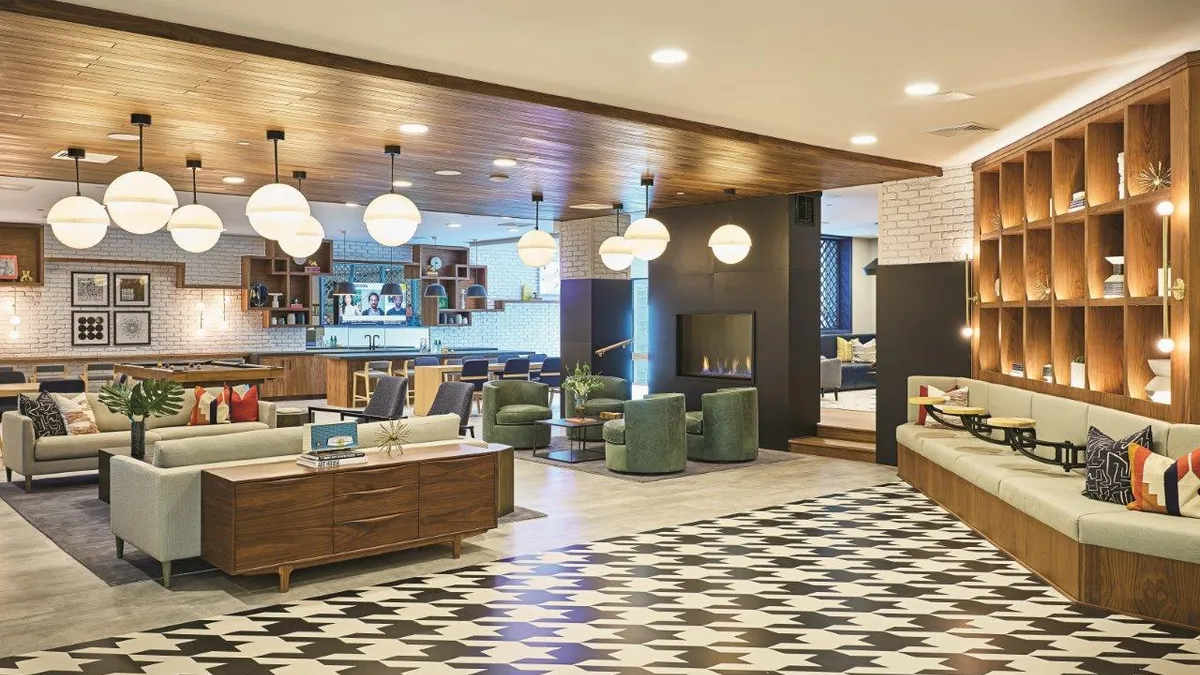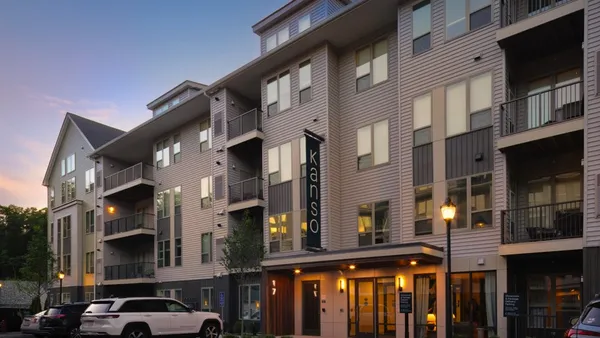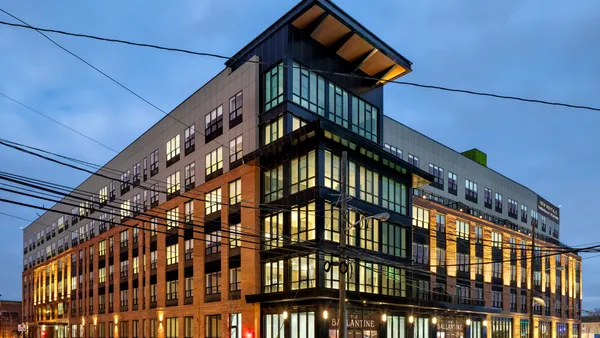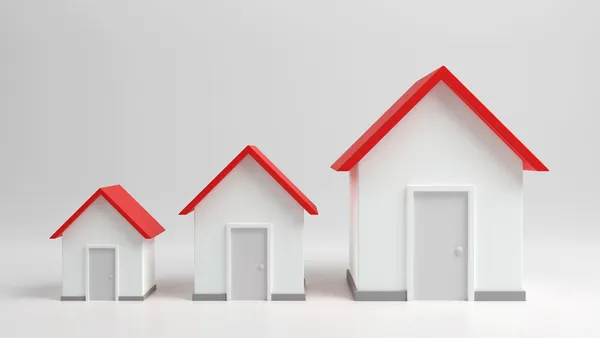Multifamily design is undergoing a readjustment as working and living trends evolve. With the new year just beginning, it’s as important as ever to keep an eye on what renters are looking for and how to account for it in new and existing properties alike, according to industry experts.
The most important of these renter preferences by far is the rise of remote work — almost universally cited by industry experts as a major design consideration moving into the new year. While the public health situation is no longer what it was in 2020 or 2021, working from home or hybrid work schedules have become permanent for many who once commuted to an office five days a week.
“I think it’s changed forever,” Gary McLuskey, managing director of global design at Charleston, South Carolina-based multifamily giant Greystar, told Multifamily Dive. “The pandemic accelerated something that was happening very slowly over time.”
A variety of options
Working from home means that apartment residents are spending more time on property than ever before — and industry pros agree that demand is expected to remain high for places to work on site. Designers have a variety of different ideas about what that space should look like and how it should be implemented, sometimes even for the same building.

In his work, Jared Bradley, leader of Nashville, Tennessee-based architecture firm The Bradley Projects, has stepped away from the more traditional business center and taken the approach of carving out small spaces across the building footprint that residents can use as functional places to “step away, have a private moment by themselves, work on a computer or have a phone call.” This includes both amenity spaces and niches worked into individual units.
“We're carving out spaces that can be designed into a small work space, so you actually feel like you're in a small office,” Bradley said. “Think of it almost like a different version of a den, a one-plus unit.”
The Bradley Projects is also exploring built-in office space in private units, outfitted with modular-style furnishing packages.
Social settings
In more conventional multifamily, Matt Bartner, managing principal at Collingswood, New Jersey-based Thriven Design, told Multifamily Dive that two-bedroom units and apartments with dens have become more popular as work spaces.
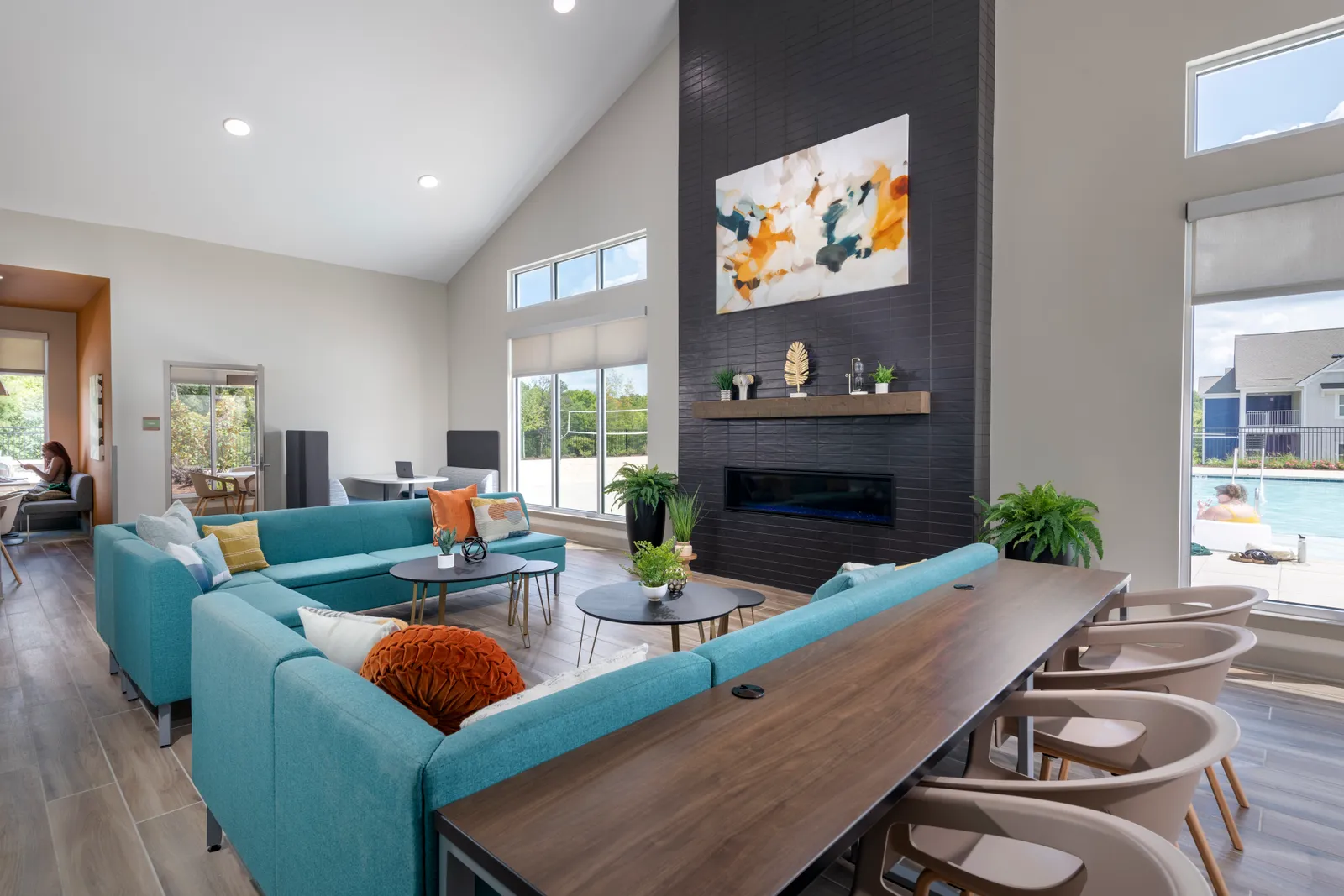
However, at the same time, he has noticed a shift away from amenities focused on the individual and toward activities done as a group, whether work, study or recreation. This is especially apparent in the firm’s work in student housing, where group study rooms have become more desirable.
Bartner believes this is a direct response to the isolation students felt during distanced learning. “If it’s the germaphobes versus the extroverts, the extroverts seem to be winning,” he said.
Greystar offers a middle-of-the-road approach in its multifamily buildings, creating coworking spaces with large collaboration tables as well as smaller, more isolated nooks where residents can work alone or take calls. McLuskey noted that these booths are particularly popular, but emphasizes the importance of having a variety of space for residents to choose from.
“If you're on a call, and you've got 10 people around a big table that are all talking on calls, it's not going to work,” McLuskey said. “We need to integrate these small call booths into the workspace now, as well as a range of working types.”



